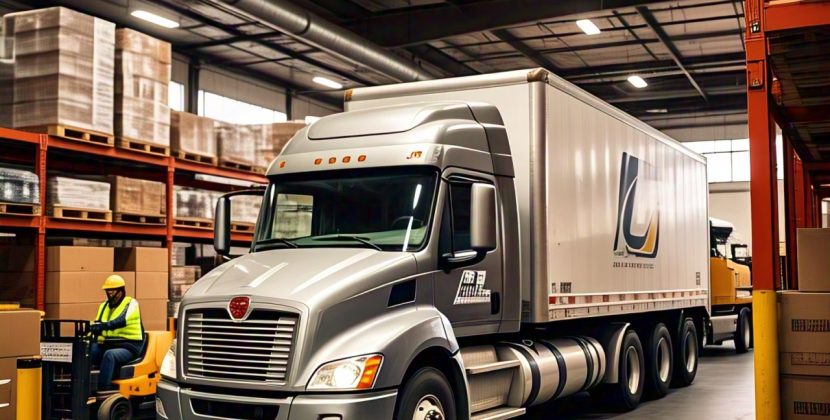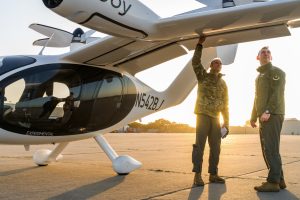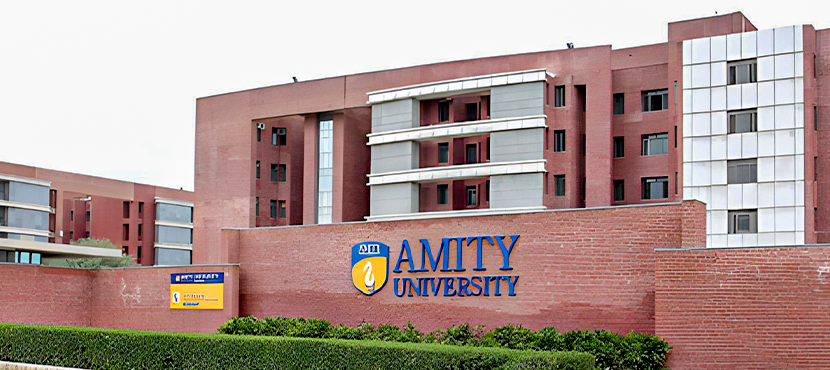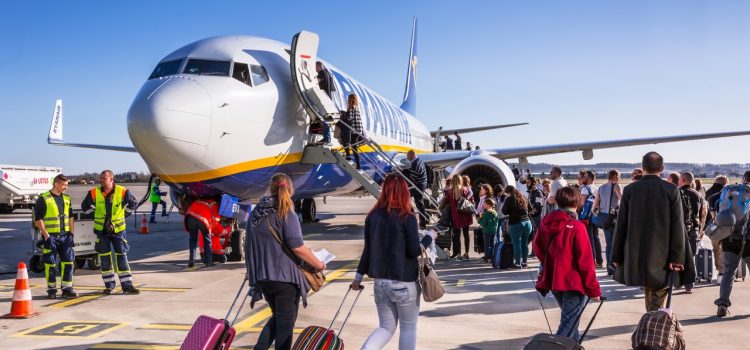
The aviation industry has always been at the forefront of technological innovation, continually pushing the boundaries of what is possible in transportation. In recent years, the spotlight has increasingly turned towards Electric Vertical Take-Off and Landing (eVTOL) aircraft, a technology poised to revolutionize urban air mobility and beyond. This comprehensive article explores the rise of eVTOL aircraft, delving into their technological advancements, market potential, regulatory landscape, and the transformative impact they could have on global transportation systems.
The concept of vertical take-off and landing (VTOL) is not new; helicopters have been utilizing this capability for decades. However, the integration of electric propulsion systems into VTOL aircraft represents a significant leap forward. eVTOL aircraft combine the benefits of electric propulsion—such as reduced emissions and lower noise levels—with the versatility of VTOL capabilities, making them ideal for a range of applications from urban air taxis to emergency response.

Technological Advancements
At the heart of eVTOL aircraft are advanced electric propulsion systems. These systems typically consist of multiple electric motors, distributed across the aircraft to provide both lift and thrust. The use of electric motors offers several advantages over traditional combustion engines, including higher efficiency, lower maintenance requirements, and reduced environmental impact.
Battery Technology
The feasibility of eVTOL aircraft is closely tied to advancements in battery technology. High-energy-density batteries are crucial for providing the necessary power while keeping the aircraft lightweight. Recent developments in lithium-ion and solid-state batteries have brought us closer to achieving the energy densities required for practical eVTOL operations.
Autonomous Flight Systems
Autonomous flight systems are another critical component of eVTOL aircraft. These systems leverage advanced sensors, artificial intelligence, and machine learning to enable safe and efficient autonomous operations. Autonomous capabilities not only enhance safety by reducing human error but also enable more efficient routing and traffic management.
Aerodynamic Design
The design of eVTOL aircraft is a delicate balance between aerodynamics, weight, and propulsion efficiency. Innovations in materials science, such as the use of lightweight composites, have allowed for more aerodynamic designs that improve efficiency and performance. Additionally, the distributed propulsion systems enable new design paradigms, such as tilt-rotor and lift-plus-cruise configurations.
Market Potential
One of the most promising applications of eVTOL aircraft is in urban air mobility (UAM). As cities become increasingly congested, eVTOL aircraft offer a potential solution for reducing traffic and improving transportation efficiency. Companies like Uber and Airbus are already investing heavily in UAM, envisioning a future where eVTOL air taxis provide quick and convenient transportation within and between cities.
Emergency Response
VTOL aircraft also hold significant potential for emergency response applications. Their ability to take off and land vertically allows them to access remote or disaster-stricken areas quickly. This capability can be invaluable for medical evacuations, firefighting, and search-and-rescue operations.
Cargo Transport
In addition to passenger transport, eVTOL aircraft can be used for cargo delivery. The rise of e-commerce has created a growing demand for efficient and rapid delivery solutions. eVTOL drones and aircraft can meet this demand by providing fast, last-mile delivery services, especially in urban areas where ground transportation is slow and congested.
Military Applications
The military sector is another area where eVTOL technology can have a significant impact. The ability to deploy troops and equipment quickly and efficiently in various terrains and conditions is a strategic advantage. eVTOL aircraft can provide this capability while also offering the benefits of reduced noise and lower thermal signatures compared to traditional helicopters.
Regulatory Landscape
The widespread adoption of eVTOL aircraft hinges on the establishment of robust certification and safety standards. Regulatory bodies such as the Federal Aviation Administration (FAA) and the European Union Aviation Safety Agency (EASA) are actively working on developing these standards. The process involves rigorous testing and validation to ensure that eVTOL aircraft meet the highest safety requirements.
Air Traffic Management
Integrating eVTOL aircraft into existing airspace presents significant challenges. Effective air traffic management (ATM) systems are required to handle the increased traffic and ensure safe operations. This includes the development of Unmanned Aircraft System Traffic Management (UTM) systems that can coordinate the movements of both manned and unmanned eVTOL aircraft.
Infrastructure Development
The rise of eVTOL aircraft also necessitates the development of new infrastructure, such as vertiports and charging stations. Vertiports are specialized facilities designed for the take-off, landing, and maintenance of eVTOL aircraft. Strategic placement of these facilities within urban areas is crucial for the success of UAM initiatives.
Environmental Impact
One of the most significant advantages of eVTOL aircraft is their potential to reduce emissions. Traditional aircraft rely on fossil fuels, contributing to air pollution and climate change. In contrast, eVTOL aircraft use electric propulsion, which can be powered by renewable energy sources, resulting in a much smaller carbon footprint.
Noise Pollution
Noise pollution is a major concern in urban areas, and traditional helicopters are notorious for their loud operation. eVTOL aircraft are designed to be significantly quieter, thanks to their electric motors and innovative aerodynamic designs. This makes them more suitable for use in densely populated areas, where noise restrictions are stringent.
Economic Implications
The rise of eVTOL aircraft is expected to create numerous job opportunities across various sectors. This includes roles in manufacturing, maintenance, operations, and air traffic management. Additionally, the development of new infrastructure, such as vertiports, will generate construction and engineering jobs.

Public Acceptance
Gaining public acceptance is another critical factor for the success of eVTOL aircraft. Concerns about safety, noise, and privacy need to be addressed through transparent communication and demonstration of the technology’s benefits. Public awareness campaigns and pilot programs can play a significant role in building trust and acceptance.
Conclusion
The rise of Electric Vertical Take-Off and Landing (eVTOL) aircraft represents a transformative shift in the aviation industry. With their potential to revolutionize urban air mobility, emergency response, cargo transport, and military operations, eVTOL aircraft are poised to become a cornerstone of future transportation systems. While challenges remain, the ongoing advancements in technology, regulatory frameworks, and infrastructure development are paving the way for a new era of aviation. The journey towards widespread adoption of eVTOL aircraft is just beginning, and its impact on global transportation promises to be profound and far-reaching.










